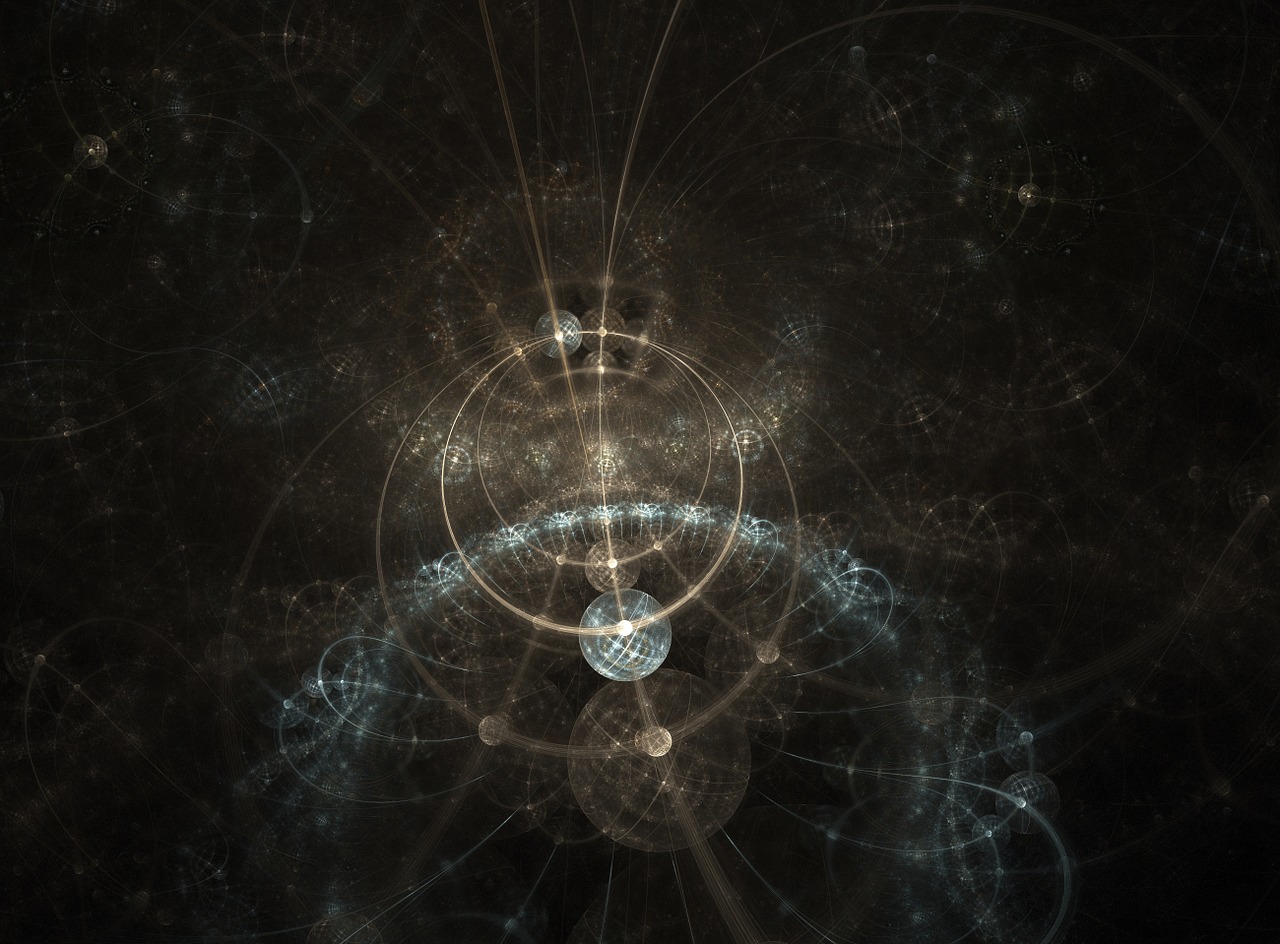Among the many different branches of science, physics is perhaps one of the most fundamental. This branch of science studies the properties and behavior of matter, its fundamental constituents, and their motion through space and time. This branch also deals with the related entities of energy and force. Ultimately, the goal of physics is to understand how our universe behaves and what causes things to change. This article discusses the various branches of physics and how they relate to each other.
Principles of physics
The title of this textbook says it all. This textbook focuses primarily on the physical principles behind the laws of physics. The historical background and practical applications are given secondary importance. However, a thorough understanding of physics is critical for any student, no matter what career path they choose. This textbook is a great way to get a solid foundation in physics and become more familiar with the subject. It has a lot to offer.
Mechanics
Mechanics in physics deals with the motion of macroscopic bodies. The movement of a baseball, for example, can be studied by using classical mechanics. This branch of physics relies on the common sense concept of matter and energy. Mechanics relates movement to forces, allowing us to better understand the physics of motion. There are many important examples of classical mechanics in everyday life, including cars, airplanes, and baseballs.
Electromagnetism
The most basic application of electromagnetism is in the electric motor, which transforms electrical energy into physical movement. An electric current flows through a coil of wire, creating a magnetic field around the motor. When a magnet is attached to the coil, the force between them causes the motor to spin. Electric motors are found in all sorts of applications, including computers, which have one to operate a hard drive, open the CDROM drive, and turn fans.
Classical mechanics
When studying physics, one of the main types of governing theories is classical mechanics. This branch of the field is based on the principles of math and experimentation, and provides accurate results for large objects and slow moving bodies. Classical mechanics is not appropriate for objects smaller than the diameter of an atom. For objects moving faster than light, special and general relativity are required. Modern sources include the concepts of relativistic mechanics in classical mechanics, as well.
Thermodynamics
Thermodynamics is the science of energy and work. It’s the study of how heat energy can be converted into usable energy or affect matter. Heat energy is released by molecules as heat. The amount of heat energy in a system depends on its temperature. It can be stored in an object or be converted back into usable energy. When you heat water or heat a liquid, the result is a work product.
Applications of physics in the biological sciences
The fields of biophysics and biochemistry are both based on physics and biology. The former focuses on the molecules and systems that make up living organisms. The latter studies the structure of the different parts of the cells and tissues. The field is a lively one with scientists from diverse fields using their skills to better understand biology. They are concerned with the development of new techniques and instruments for various experiments. The field also aims to develop new medical devices.
Quantum mechanics
The development of quantum mechanics has greatly influenced the study of matter. The d function, which is a non-local variable, is a crucial tool in quantum mechanics. The d function relates two quantities, one of which is an energy. If the energy level is lower than the energy level of the other, the result will be a lower-energy particle. Similarly, if an energy level is higher than the energy level of the lower-energy particle, then the result is a higher-energy state.

